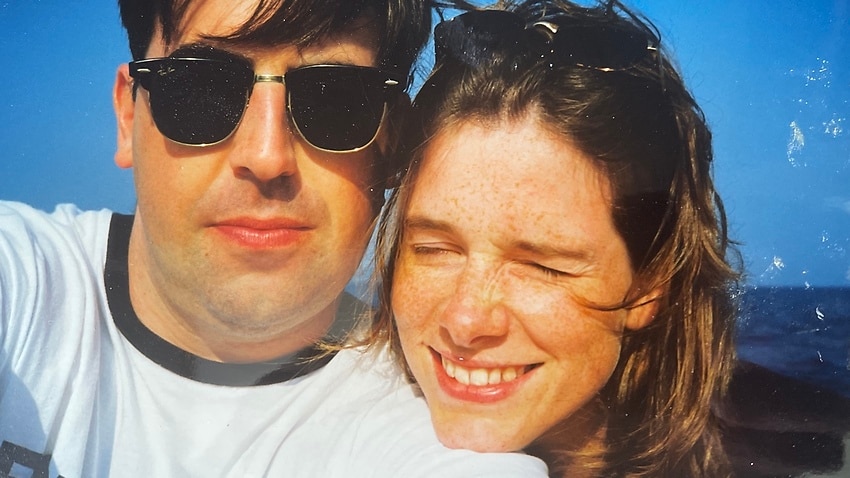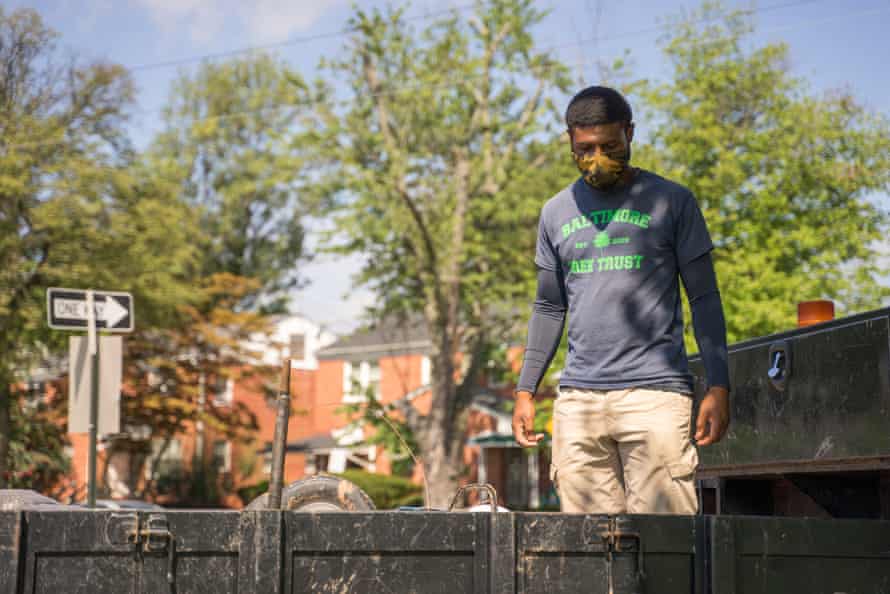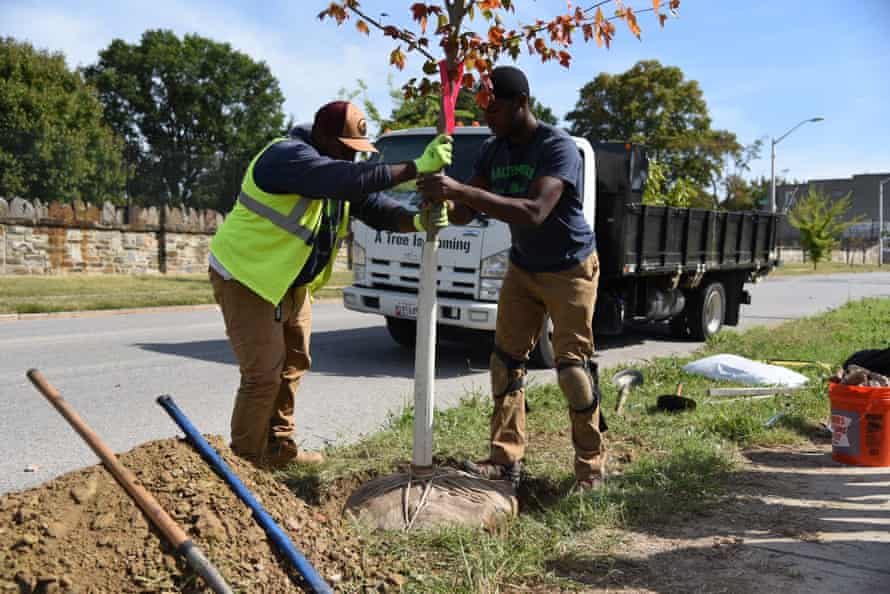Before the pandemic, Kelsey Darragh, a filmmaker and comedian in Los Angeles, dedicated an hour each morning to showering, applying makeup, doing her hair and finding the right outfit.
Now, she just rolls out of bed and puts on something comfortable.
“Having that brain space back in the morning has been so soothing,” the 30-year-old told TMRW.
After a year spent at home, there is finally an end in sight to the COVID-19 pandemic. But for some, the light at the end of the tunnel feels less like a cause for celebration and more like the root cause of growing anxiety. Will we remember how to make small talk? What will it feel like to gather in a crowded bar again? How does one return to business casual after so many months of wearing sweats?
On social media, a chorus of voices has emerged, all sharing similar fears related to the looming end of an unarguably tragic time: “I don’t want to go back to normal,” many people have written on Twitter. It’s a sentiment that previously would have been unthinkable. Who wouldn’t want all this to end? But for some — the lucky ones, in many aspects — the past year has been one spent at home, working remotely, enjoying the closeness of children and partners and having a reason to say “no” to, well, just about everything else.
Anyone else experiencing re-entry anxiety at the thought of things going back to “normal”? 😬
— Kirsten Imani Kasai (@KirstenIKasai)
The idea of the pandemic ending is giving me anxiety.
— Julia Corral (@themexinpdx)
I will not miss the #pandemic though the damn virus will be with us for a long time. I will miss the time with my wife and cats seeing them all day has been awesome! I don’t want to go back to normal in so many levels.
— YA25420 (@ya25420)
“As horrible and tragic as this past year has been, I do believe it was a much-needed reset for so many people,” said Darragh, who suffers from anxiety and wrote a book about mental health during the pandemic called “Don’t F—ing Panic.” “We got to just be gentle with ourselves.”
For Darragh and others, it’s not that they don’t want the virus to go away (they very much do), it’s simply that they’ve gotten comfortable. And just as they’re starting to get used to this new way of living, it’s all going to change again.
Experts say their concerns aren’t trivial.
“This is a global example of what’s called re-entry after trauma,” said Deborah Serani, a psychologist and professor at Adelphi University in Garden City, New York. “The pandemic is a traumatic event.”
And as with any trauma, that re-entry will have to happen slowly.
“It becomes a very anxiety-producing moment in the life of a survivor, when they return to normal,” Serani said. “Except now, with the pandemic, we’re all doing that.”
Experts are particularly concerned about people who have existing mental health struggles.
“We’re worried about those who may have been on the cusp of an anxiety disorder and the pandemic made it worse,” said Serani, author of the children’s book, “Sometimes When I’m Sad.” “If, after a couple of weeks back at work, you find it very anxiety-producing to talk to others, to interact with others, your heart is beating, you’re feeling hot and sweaty or extremely panicked, there may be something more, and it’s a traumatic reaction to the pandemic.”
Much of the anxiety people are expressing has less to do with the virus directly — though those fears exist, too — than with socialization. Some have begun to dread larger gatherings, such as work conferences or weddings. Others wonder if they’ve simply forgotten how to interact with people.
“We’ve become a society that is no longer socialized,” said DeAnna Crosby, a therapist and clinical director of New Method Wellness, a treatment center in San Juan Capistrano, California. “We were so used to communicating with others and socializing appropriately. Because we have been in isolation for over a year, we’ve forgotten many of our social skills.”
This content was originally published here.










